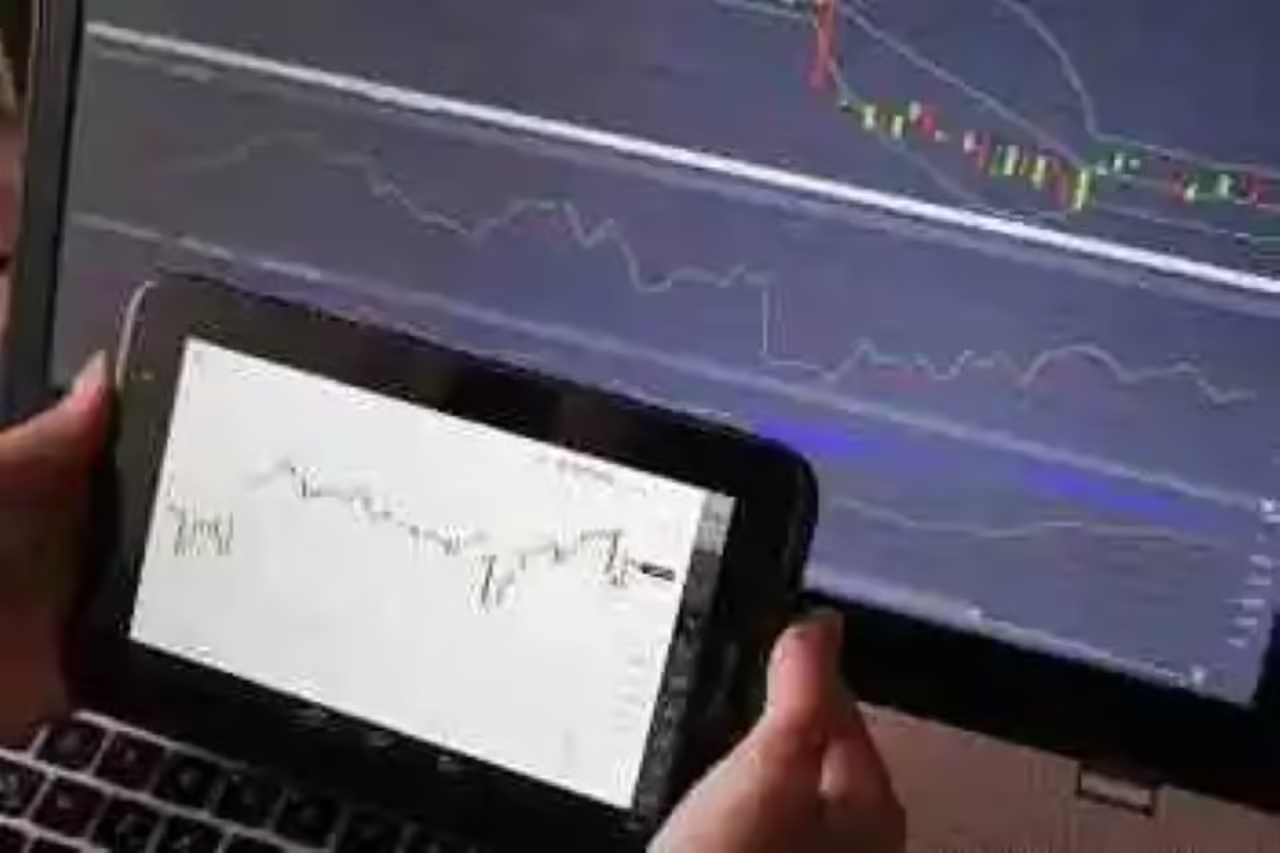
One of the most important tools in every day trader’s toolbox is the stop loss order. The stop loss order is designed to prevent a trader experiencing losses past a certain point should one of their stocks, currencies, or other holdings drop past a certain level. It’s a great safety net to have, and a necessary one in today’s turbulent financial environment. Placing a stop order is no problem, but knowing exactly where to put it so that it will help you towards achieving your trading goals can be somewhat tricky unless you have a good grasp of what you’re doing.
Let’s take a look at the considerations that go into determining the location and level of a stop loss order.
Placing a Stop Loss in the Right Place
When it comes to placing a stop loss order well, the trick I to know just where to place it so that it will sort of act as an alarm, letting you know that the trade you made was wrong In other words, the market will not be behaving the way you thought it would at the time you were making the trade.
Remember that you won’t always be lucky or visionary enough to place your trades exactly before the stocks you target see a rise in prices, and thus you have to accept the fact that some of them will actually see a dip in value after you purchase them. Your stop loss placement strategy has to reflect this knowledge. You can do this by giving the holding some breathing room to go down on the chart before hopefully picking up and rising again in future.
That’s why we say that the stop loss should be set as an alert that your market predictions were wrong – you have to give the market time to really show a steady downward trend before throwing in the towel and admitting defeat. You have to trust your instincts that the long-term forecast is a positive one.
Extrapolating Trends to Finesse Stop Loss Placement

Sound market wisdom, such as that found on Admiral Markets holds that when buying up stock or currency, your stop loss placement should be located somewhere just below significant recent lows in the price bar. The logic behind this is that they will signify price points that the stock recently recovered from, and so the stock isn’t likely to dip below that point if its general trajectory is going upwards. It makes perfect sense. Should it go below this point, you may assume that the stock is on a downward trajectory and exit the trade.
When it comes to short selling securities, the accepted wisdom tells us that we should place our stop losses somewhere above relatively recent high points in the price line. The reasoning behind this is the reverse of what we’ve just looked at. Should the stock price reach the previous point and pass it, you may confidently assume that it is on an upward trend rather than a decline as you anticipated. The time will have come for you to exit the trade.
Strategic Stop Loss Allowance Determinations
Now, when it comes to determining the actual size of the stop loss allowance you attach to each of your trades, your trading objectives and market expectations will come into play. The most commonly used measures of stop loss size are denoted in cents/pips/ticks. Whichever metric is most convenient for you and the type of security you’re trading in should be used in making the calculation.
For the trader looking to make a long-term trade, hoping to overcome short-term drops in share value in order to earn a large return in what he expects to be a bright future performance by the stock, then a large stop loss allowance is in order. By giving the stock a lot of room to sink, the trader will be buying time for it as he/she waits for the bounce-back. This, of course, might be a bit of a risk, but success or failure will all be dependent on how confident the trader is about their market activity predictions. The reverse holds true for those seeking shorter term, minimum risk profits, which are inevitably smaller in size.







